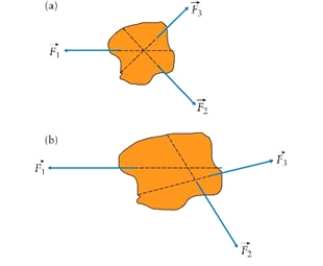Figure 6.3  Concurrent forces and non-concurrent forces. (a) The lines of action of concurrent forces pass through a common point. (b) The lines of action of non-concurrent forces do not intersect at a common point.
Concurrent forces and non-concurrent forces. (a) The lines of action of concurrent forces pass through a common point. (b) The lines of action of non-concurrent forces do not intersect at a common point.
-Three forces are acting on objects as shown in Fig. 6.3. The vector sum of the forces is zero. Explain if there is any difference between the two cases: (a) the lines of action of concurrent forces pass through a common point, and (b) the lines of action of non-concurrent forces do not intersect at a common point. Are any of the two objects moving? Why or why not? If there were motion, what kind of motion would it be?
Definitions:
Q1: Part of fact finding before approaching a
Q2: A squid ejects a bolus of water
Q6: If two bodies at the same temperature
Q12: Air in a room of dimensions 3
Q20: Two balls of equal mass are thrown
Q21: Mercury barometers measure atmospheric pressure by the
Q23: Describe what distinguishes thermal energy from other
Q30: In Fig. 4.6, an alpinist with mass
Q38: In Fig. 4.8, the object has a
Q46: A _ team's autonomy to determine work